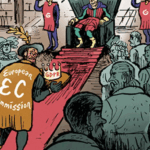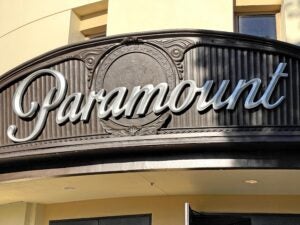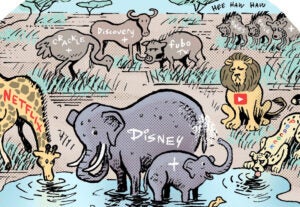 “Data-Driven Thinking” is written by members of the media community and contains fresh ideas on the digital revolution in media.
“Data-Driven Thinking” is written by members of the media community and contains fresh ideas on the digital revolution in media.
Today’s column is written by Lauren Moores, vice president of analytics at Dstillery.
Since the emergence of digital media, the relationship between brands and consumers has shifted from one-sided messages pushed from brands to consumers to an interactive conversation between the two. In the early 2000s, there was a great debate over how this conversation concept – think two friends sitting down for tea – would change the way brands market.
We have come a long way from the occasional tea. Technology advances and the explosion of new devices and media sources has created another sea change in the way brands and consumers interact. In just the past seven years, global smartphone penetration has risen from 9% to 39%, with US penetration topping 53%.
With mobile phones now providing 24/7 connectivity, how are brands responding to the potential opportunities? Connection, interaction and conversation.
I moderated a panel at the recent Brand Innovators Consumer Engagement conference in San Francisco. Along with representatives from Anheuser Busch, BetaBrand, Wells Fargo and the Golden State Warriors, we delved into how mobile and emerging media – along with the resulting data influx – have changed the way brands connect to consumers.
Anheuser Busch created its “Beer Garage” in Silicon Valley to focus on marketing innovation for its 200-plus brands. The “Beer Garage” works with partners in the emerging technology and media space to extend the ways it can connect with consumers. The partnerships include working with Twitter and the NFL to allow fans to tweet for a beer during Miami Dolphins games and the recent release of a new Bud Light Button, a beer delivery app created with an ecommerce startup called Drizly.
Digital-first BetaBrand uses a consumer partnership as the foundation of its business model. BetaBrand is a social experience platform that allows consumers to submit ideas for clothing, vote, buy and even model the clothes as “model citizens.” Consumer images on its mobile-friendly site can be reposted on any social media platform, creating an infinite clothing catalog of real people wearing BetaBrand clothing. It recently added drones for fun-filled videos.
Moving from awareness to engagement, the Golden State Warriors basketball team is using beacon technology through its partnership with 360Signal to provide the ultimate fan experience as soon as they walk into the arena. Welcome messages, offers for the team store, free concession items, check-ins and upgrades can all be done through an integration of the Warriors mobile app with sensors. Additional consumer connection is done outside the app, through Facebook, Snapchat, Vine and Instagram, allowing for greater scale in brand storytelling. The result? People who engage with the beacon offers have a higher per capita value for the brand.
Wells Fargo, in addition to creating its own startup accelerator, has invested in social media with an emphasis on promoting the positive “tea” conversation, looking to capitalize on word-of-mouth branding to generate new customers. An example is the recent #MyUntold social storytelling campaign which celebrates African-American heritage and is available on the Wells Fargo YouTube and Twitter pages.
Connecting to the consumer is not about experimenting with the next shiny media vehicle just to be trendy. Instead, it is about using technology and increased data signals to reach your consumers where they are, with messaging using the digital media that they prefer. Using drone videos for the Wells Fargo audience wouldn’t resonate, just as relying solely on social platforms would miss Warrior fans’ desire to be involved at the game.
AdExchanger Daily
Get our editors’ roundup delivered to your inbox every weekday.
Daily Roundup
Each of these brands is intent on using emerging media if it fits their audience. In addition, each brand uses partnerships with existing media platforms and innovative startups to expand the connecting points to their audience. The key is finding the means to tell your brand story in a way that your consumer is most receptive to hearing it, and responding accordingly.
Follow Lauren Moores (@lolomoo), Dstillery (@dstillery) and AdExchanger (@adexchanger) on Twitter.













